Climatic Change and Global Warming of Inland Waters —— Impacts and Mitigation for Ecosystems and Societies
----- 内陆水域的气候变化与全球变暖:对生态系统和社会的影响和缓解 第2版
The impact of climate change on the hydrosphere is explored in this book, with particular emphasis on the impacts that warming has on inland water bodies, particularly lakes. Divided into three parts, this collection of chapters draws on contributions from the World Water and Climate Network with emphasis on the physical, biogeochemical and ecological consequences of climate change. Part one comprises of regional reviews and local case studies of the impacts of changing climates with 20 chapters that are organised broadly from north to south. The section starts with an excellent overview of the impact of climate change on the pan-Arctic watersheds and hydrology and the impact of this changing hydroclimatology on the lakes and wetlands of the Arctic. Case studies include detailed assessments of the changes to lake stratification and mixing as a result of warming air temperatures in temperate zones (e.g. Eurasia, Japan, Europe, USA), as well as in sub to tropical zones (e.g. Amazon basin, African great lakes) and polar regions (Arctic and maritime Antarctic). Much of these case studies focus on the role of changing thermal conditions in lakes and the potential ecological changes in fauna, for example, the rise of cyanobacteria in tropical lakes and the decline of Daphnia in temperate lakes. Part two is comprised of two chapters that consider the impacts on societies: first, the nomadic peoples of Mongoliaâs response to climate change (chapter 21), and second, planning responses to manage the effects of climate change within the 10 biggest megacities (chapter 22). Part three considers mitigation approaches and is comprised of three chapters, including hydrological modelling, radical ideas for ameliorating the effects of warming using different strategies to disperse heat in aquatic ecosystems and the potential use of electrolysis for oxygenating dead zones. Much of the emphasis of this book is given over to lakes, with considerably less content on wetlands; however, there is an excellent regional review of the wetlands of the prairie lands of North America (chapter 13). Similarly, there are only a few chapters that detail the impacts on rivers, with two chapters considering the impacts of changing climates on the Yellow and Yangtze rivers in China (chapters 4 and 5), and the challenges of using hydrological modelling coupled with global climate models (GCMs) as a management tool, and some of difficulties in downscaling GCM outputs and their lack of sensitivity to decadal and shortterm modelling scenarios (chapter 23). Local readers will find the chapter on New Zealand lakes (chapter 19) to be particularly useful as it includes a broad overview of the state of the countryâs lakes and considers several local case studies. One aspect that is particularly interesting in this book is that the impacts of climate change and the rates of change vary considerably between geographic case studies, with New Zealand standing out as one of the few areas where, to date, there has been little change in the thermal strata of the lakes, unlike the examples from Europe (chapter 12) and Africa (chapter 18). The strengths of this book are chapters that examine perspectives on the impacts of climate change on regional areas, including the Arctic, African Great Lakes, North American Prairie lands, Denmark and New Zealand. These chapters provide excellent narratives on the complex interrelations between climate, hydrology and ecosystems, and evidence of changes in biological, physical and biogeochemical indicators. Many chapters suggest areas of future work, including urgent and renewed investment in monitoring, as well as innovative ideas for slowing, and even reversing the effects of bs_bs_banner
{{comment.content}}
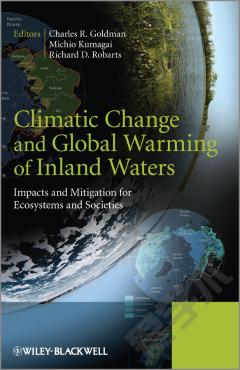

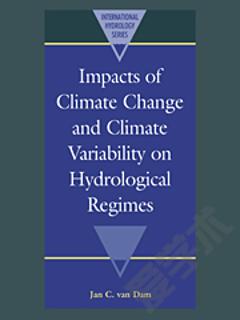
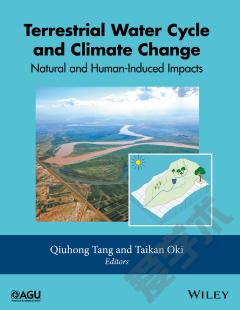
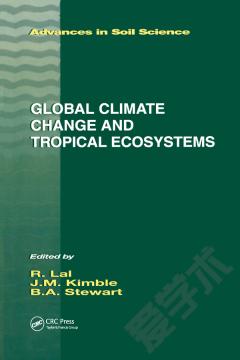
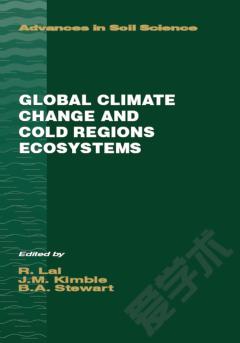


 京公网安备 11010802027623号
京公网安备 11010802027623号